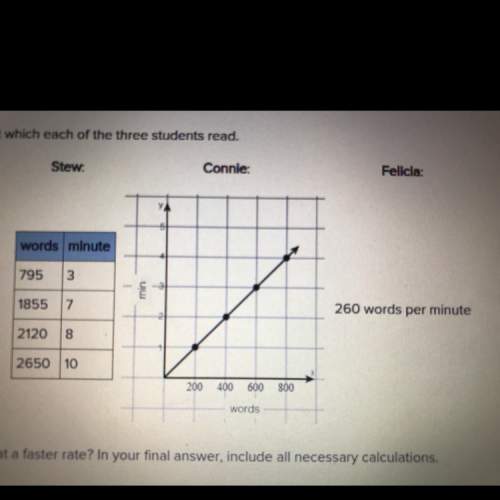Use the ordinary annuity formula
to determine the accumulated amount in the annuity.
Periodic...

Mathematics, 27.03.2021 02:20 nickp1233
Use the ordinary annuity formula
to determine the accumulated amount in the annuity.
Periodic Deposit: $1000 at the end of each year
Rate: 4% compounded annually
Time: 40 years
After 40 years, you will have approximately $
(Round to the nearest cent as needed.)

Answers: 2


Other questions on the subject: Mathematics



Mathematics, 22.06.2019 01:30, KillerSteamcar
Jacob is graphing the line represented by the equation −6x−5y=12.−6x−5y=12. he first plots the x-x- and y-interceptsy-intercepts as follows. which statement is correct regarding the intercepts on the graph?
Answers: 1

Mathematics, 22.06.2019 02:20, tinytoonjr9510
If you draw a card with a value of three or less from a standard deck of cards, i will pay you $43. if not, you pay me $11. (aces are considered the highest card in the deck.) step 1 of 2 : find the expected value of the proposition. round your answer to two decimal places. losses must be expressed as negative values.
Answers: 2
You know the right answer?
Questions in other subjects:

English, 07.06.2021 22:50






Mathematics, 07.06.2021 22:50

Mathematics, 07.06.2021 22:50

History, 07.06.2021 22:50

Mathematics, 07.06.2021 22:50




